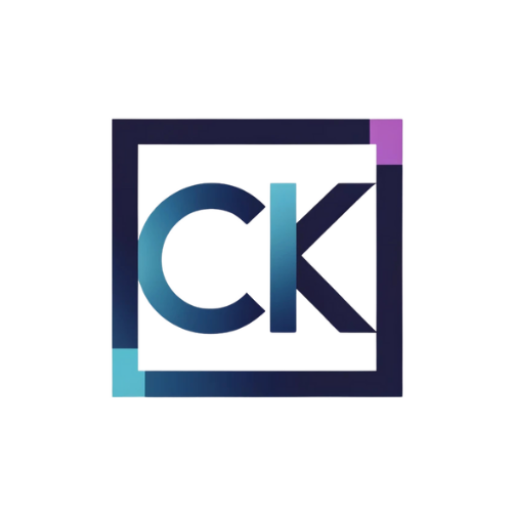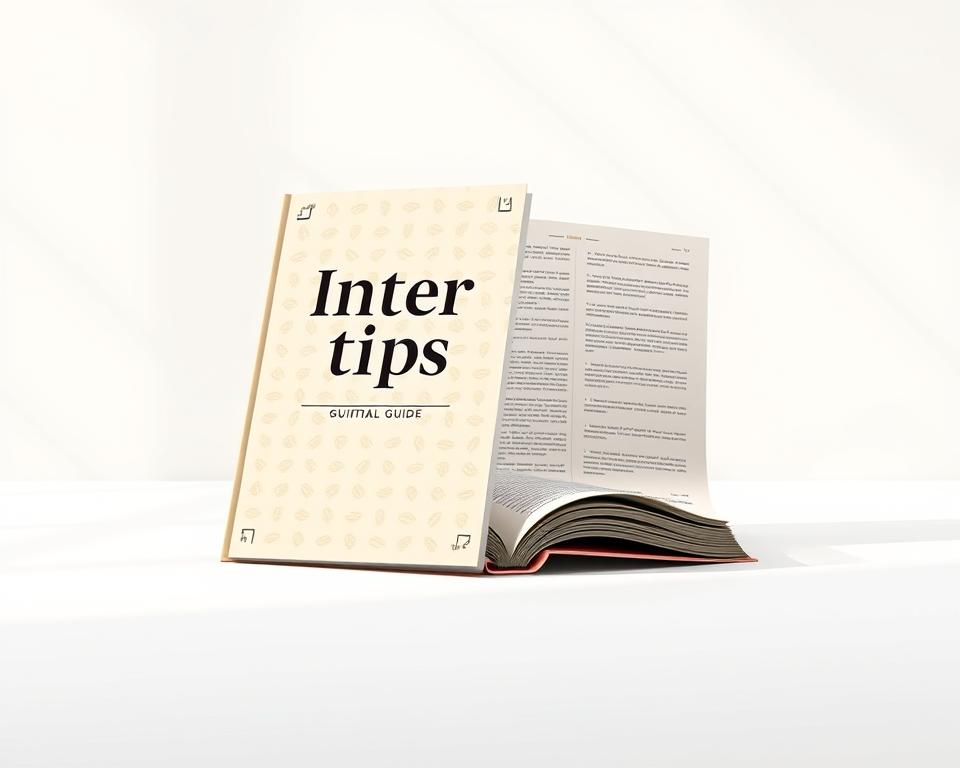Anúncios
job interview qa matters now because you face a mix of behavioral, situational, and technical topics that reveal how you think and collaborate.
You will see open starters like “tell us about yourself” and “why now?” that hiring managers use to check direction and honesty. Use short, clear stories so your skills and experience read as useful context. The STAR method—situation, task, actions, results—helps you make actions and impact measurable.
Expect questions about the company’s domain, your approach to quality, and how you fit the team. Mention familiar tools such as TestRail or Playwright when they match the role. Under tight deadlines, explain risk-based testing and transparent communication instead of heroic shortcuts, and adapt each example to the company and the field.
Stay human, concise, and honest. This guide gives practical prompts and checklists so you can prepare answers that show your thinking, collaboration, and learning without jargon. Tailor tips to your situation and use them to prepare with confidence.
Job Interview QA: Key Questions and What Interviewers Listen For
A few quick prompts reveal whether your skills, motives, and work style fit the product and team. Keep answers short and story-driven. Aim for honesty and clear direction.
Anúncios
“Tell us about yourself and your career so far” — storytelling, direction, and honesty
Structure this answer for 60–90 seconds. Start with your current role. Mention two to three highlights that show impact.
Example: “I lead API testing, cut regression time by 30% with risk-based suites, and drove cross-team triage.” End by linking these skills to the role.
“What has you looking for a new job now?” — motivation, context, and fit
Give concise context. Say growth goals, new responsibilities you seek, or more product ownership. Avoid long complaints about prior teams.
- Mention one process you value, like peer reviews or shift-left collaboration.
- Name two skills the role needs and connect them to results you’ve shipped.
- Close with a thoughtful question for the interviewer about team priorities.
Adapt these scripts to your experience and use concrete metrics where you can.
Behavioral and Situational Questions You’ll Likely Face
Behavioral scenarios test how you own problems and drive fixes under pressure. Use the STAR method to keep each answer tight and outcome-focused. Keep stories short and adapt them to your context.

Missed bug in production — ownership and learning
Situation: a release shipped with a bug affecting a core flow.
Task: lead the hotfix triage and restore service quickly.
Actions: decide rollback vs hotfix, run a focused test, document steps and severity in the system, and run root cause analysis.
Result: service restored and new boundary tests plus peer reviews prevented recurrence.
Finding a bug — triage and communication
Describe how you reproduce the issue, collect logs or HAR, and rate severity versus priority.
Link the test to the ticket, partner with developers, and update stakeholders with an ETA.
Hard projects, process checks, and doubts
For tight timelines pick critical paths using risk-based selection and time-boxed tests.
If you doubt requirements, run a quick spike, replicate the system behavior, and escalate with clear risks.
Keep answers to 60–90 seconds and focus on actions and measurable results.
Testing Knowledge Deep Dive: Concepts, Types, and Life Cycle
Start by separating prevention work from hands-on verification so your answers stay crisp.
Quality assurance vs. software testing
Quality assurance sets standards across the software development process to prevent defects. It defines reviews, coding standards, and release gates.
Software testing verifies behavior and finds defects before release. Interviewers want to hear that you balance both—preventing issues while validating the product.
The Testing Pyramid and common types
The pyramid says: most unit tests, fewer integration tests, and a small set of end-to-end tests for critical journeys.
- Unit — fast checks of small components.
- Integration — verify contracts and data flows.
- End-to-end — lean validation of key user flows.
Common types interviewers expect: functional, UI, API/security, smoke, sanity, and regression.
What a solid test plan covers
A practical test plan lists scope in/out, environments, data needs, risks and priorities, entry/exit criteria, and defect workflow. This shows you think about delivery risk, not just cases.
Life cycle and non-functional checks
Phases: requirement analysis, planning, case design, environment setup, execution, defect reporting, and retrospectives. Each phase reduces delivery risk.
For non-functional testing, use load testing for expected peaks, stress testing to push limits, and volume tests for big data flows. Example: for a retail flash sale, stress testing payments and cart services reveals graceful degradation points.
Quick tip: Use boundary value and equivalence partitioning to choose smart test cases and keep coverage efficient. That short summary also works well for on-the-spot interview questions.
Tools, Automation, and Strategy in Modern QA Interviews
How you pick tools and design automation reveals your sense of risk, speed, and long-term maintenance.
Map tools to purpose. Mention TestRail, Zephyr, or Qase for test management and traceability. Use Selenium or Playwright for broad browser coverage, Appium for mobile, Postman for API checks, and JMeter for load testing.

Automation approach and the pyramid
Follow the automation pyramid: heavy unit/component testing, focused integration, and a small set of stable UI tests. Pick test cases by criticality and reuse to reduce flakiness.
Limits and where manual shines
100% automation is rarely practical. Manual exploratory work, accessibility checks, and UX validation catch issues automation misses. Explain this trade-off clearly.
Risk-based triage under pressure
Under tight time, smoke-test auth, payments, and core data paths first. Communicate what passed, what’s deferred, and remaining risk to the team.
Pro tip: If asked about flaky tests, outline stabilization steps: improve waits, isolate test data, and add monitoring. This shows you balance tools, process, and collaboration with engineers to keep quality moving.
How to Prepare and What to Ask in the Interview
Good preparation starts with focused research and short practice runs that map your strengths to the role. Use a simple plan so you stay calm and specific.
Research the company, domain, process, and tech stack
Read product pages, docs, and recent news. Map domain risks so you can suggest realistic testing priorities.
Check the job description for Agile, CI/CD, and tools. Note any mentions of test management or automation and prepare matching examples.
Practice STAR answers and review your portfolio
Build 3–5 mini-stories: a missed bug, a tight deadline solved with a risk-based plan, a cross-team collaboration win.
- Keep each story to 60–90 seconds.
- List metric-driven wins: reduced cycle time, fewer incidents, better coverage.
- Rehearse out loud and practice common interview questions and follow-ups.
Logistics and arrival: stay calm and focused
Confirm time zones, meeting links or office address, and expected attire. Plan your route or set up a quiet space early.
Tip: Have a short snapshot of a test plan ready: scope, environments, data, and key risks.
High-value questions to ask
Ask the interviewer about top traits the team values, the tools in use, how testers work with engineers, and immediate priorities for the role.
- How does the team handle incidents and late-found bugs?
- What does success look like for a candidate in the first 90 days?
- Can you show a short example of a test plan or cases the team uses?
Close the meeting by confirming next steps and offering to share brief artifacts or examples after the job interview. Adapt each step to the role and remember there are no guarantees—preparation raises your odds.
Conclusion
Wrap your preparation by focusing on clear stories, measurable results, and the lessons you carry forward.
Keep answers concise and use STAR to link actions to outcomes. Blend prevention and detection: talk about assurance practices and hands-on testing that protect product and system health.
Lead with risk under pressure. Prioritize critical test cases, state what you defer, and explain why. Share one recent experience that changed your approach—learning is a signal of maturity.
Fit is mutual. Ask questions about team norms, management support, and early priorities. If useful, seek mentorship to refine your plan and polish your skills. Be kind to yourself—this process is an opportunity to grow.



